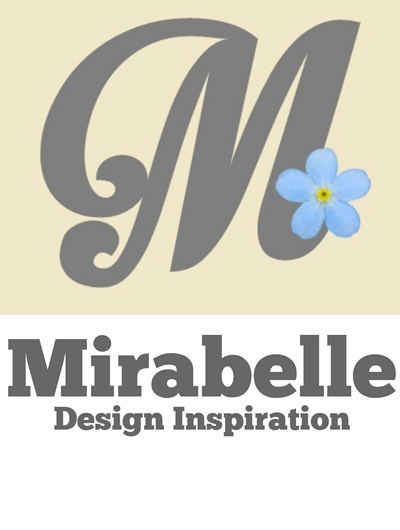 |
| Tin-glazed Earthenware Dish, via The Metropolitan Museum of Art |
As much as Majolica is mellifluous by name and by nature, it seems that its heyday is being reinvented by every major art movement. First off, Majolica is a generic term. Scratch its veneer and you find a confluence of timelines and spaces, yet rooted in the same influences. For the purpose of our tile-based research, we aim to concentrate mostly on Victorian Majolica decorative tile, although we need to be aware of other variants of the ware, most notably the decorative tin-glazed earthenware of Maiolica, popular in Italian Renaissance (14th-16th century). The name is believed to be a Medieval Italian reference to the Balearic island of Majorca, a pottery stopover on the Hispano-Moresque wares trade route to Italy. Maiolica ware was mostly used for presentation dishes, drinking vessels and apothecary jars. The designs on the wares depicted a scene or told a story as istoriato wares do.
 |
| Art Nouveau Floral Majolica Tile, via Tile Heaven |
In general, Victorian Majolica is known to be brightly coloured, richly adorned, layered, moulded and embossed, with emphasis upon florals and curves. Contrasting from the multi-coloured designs are the monochrome ones, which play on the depth and intensity of one single colour, from deep and dark to watered down to a watercolour effect. Closely-guarded trade techniques produce the high-gloss lead-glazed finish, with other effects of translucency and opacity being also achieved. Alongside colour and finish, relief techniques were achieved, by means of cloisonné, tube-lining (a.k.a. slip-trailing), or barbotine (raised painted slip decoration). Stencilled slip tile designs befit the streamlined industrialised processes. Meanwhile the advent of the Arts & Crafts Movement and Art Nouveau will confer Majolica a modernist, angular and voluptuous decorative edge that bridges the gap between the 19th and 20th century.
 |
| Art Nouveau Majolica Tile, via Tile Heaven |
Historically-speaking, Mintons Ltd. (part of The Minton Tile Companies) is the English pottery manufacturer that is the most associated with Victorian Majolica. The firm started off under Thomas Minton, producing blue transferware for dinnerware, including the popular Chinese-inspired Willow pattern. His son Herbert Minton took the family business to pastures new (with a resolutely modern, design-led approach), branching out into decorative encaustic tiles, and forming partnerships with designers and architects in the process, attending worldwide trade fairs and gaining recognition as high-profile contracts were signed. Minton took on French engineer Léon Arnoux as Art Director and the latter produced Majolica coloured glazes that gained a lot of attention at the Great Exhibition of 1851.
As much as the second half of the 19th century had heralded Majolica's heyday, the 20th century took the fortunes of the English pottery industry as a whole into disarray, through a series of mergers and restructurations that progressively squeezed innovation out of the production model and with it the richness that had been experienced in earlier times. Staffordshire, the pottery county of Britain par excellence, took a hard blow in the process. This bittersweet statement shouldn't prevent us from admiring and appreciating those designs of the past that actually appear so contemporary and fresh through their choice of bold colours and inventive motifs.
 |
| Art Nouveau Tile by Sherwin & Cotton, via Art Nouveau Tiles |
Sources: (1) Tin-glazed Earthenware Dish, late 14th century, Tuscany, Italy, via The Metropolitan Museum of Art. (2-3) via - and available to purchase from - Tile Heaven. Let us note in passing their interesting history of art section on Majolica. (2) Art Nouveau Floral Majolica Tile, manufactured in the U.K. by Corn Bros, circa 1900, features the popular Victorian and Art Nouveau theme of foliage and florals. The central motif resembles a blue poppy, with a foliage border surround. Interestingly the motifs sit at the intersection between Victoriana and Art Nouveau, with signs of Victorian exuberance, as opposed to the more rigid and restrained (stylised) geometric representations of Art Nouveau, as found for instance in the (3) Art Nouveau Majolica Tile, manufactured by id., circa 1905. Further fine examples of Majolica tiles may be viewed from Tile Heaven. (4) Art Nouveau Tile, circa 1910, by Sherwin & Cotton (1877-1911), via Art Nouveau Tiles. The website boasts a fine Art Nouveau collection, with some stunning examples by the likes of Marsden Tile Works, Alfred Meakin and Pilkington.









